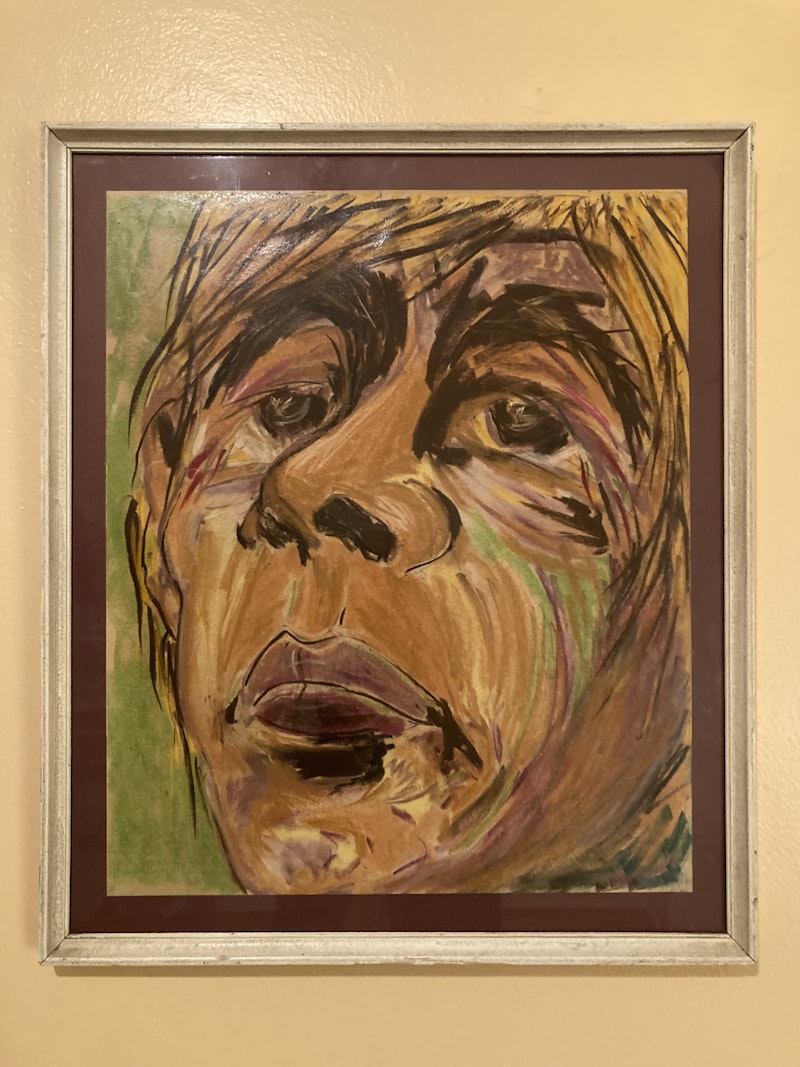I make no excuses for subscribing to the digital version of The New Yorker, even though I gave up the print version sometime during the Obama administration, when the pages thinned and editor David Remnick, who I swear knows he should know better, followed the lead of his peers and adopted a “preach-to-the-choir” base and signed off on exclusively left-wing content. I’d bet that a large percentage of the weekly’s current roster of subscribers are my age (68) or older, who let the pamphlet arrive in the mail and chuck it into a corner with The Nation and Vanity Fair. (I’m not counting freebie college pity-pitches, which never amount to much.)
(Which reminds me: I believe Bobby Jr., should he continue his independent bid for the presidency—and no reliance on polls here—will tally maybe eight percent of the vote a year from now, and it’ll hurt Biden (if he’s allowed to run) more than Trump (if he’s allowed to run) for the same reason a dwindling number of liberals still subscribe to The New Yorker. A not inconsiderable number of older voters—who still consider it their civic duty to show up at the polls—will see the name Kennedy and pull that lever, punch that piece of paper or touch a screen simply out of habit or dissatisfaction with the new “Where’s the rest of me” Biden.)
Because I’m a digital New Yorker subscriber I receive two emails a day, filled with content I almost never read—aside from film critic Anthony Lane, and a perusal of mostly worthless book reviews of novels by African refugees or quadruple-trans authors from villages outside of Athens. Must’ve had a bout of procrastination on Nov. 6th for I did read a very, very stupid humor article [I teach writing and printmaking classes at senior homes in Los Angeles. Over the years, I’ve kept a journal of the memorable things I’ve seen and heard.]—worse than Andy Borowitz, which is going the extra 500 miles—by Rebecca Shaw and Ben Kronengold, headlined, “Unchosen: Eleven Signs That You’re A Former Gifted Kid.” Most of the sketch was under my head—and today, with public and private schools in nitwit quicksand, both teachers and students, are “gifted kids” even, in nitwit social media language, a “thing” anymore?—but I read every word (granted, this wasn’t the length of, say Richard Russo’s great new novel Everybody’s Fool) and, perhaps ungentlemanly, felt I deserved a prize, a chaw of Bazooka or (probably toxic) gold star, the kind that was once affixed by the junior high school teachers of my youth after an especially illuminating essay about Andrew Jackson, far before Old H.—still on the $20 bill!—fell out of historical favor.
The opening gives you this gist of this garbage that, were there not a shortage of entertaining writers (at least approved by whatever editors remain at The New Yorker) wouldn’t have made the cut. “Let’s face it, your twenties are hard. Being launched into the ‘real world’ without a safety net is one of the scariest journeys you’ve had to make. And, if you’ve read a blog or scrolled through Twitter lately, you know that it’s especially hard for F.G.K.s—formerly gifted kids. Chances are, you know a former gifted kid. Heck, you may even be one yourself!... Let me guess. You weren’t a doctor by age twelve.”
After looking at this, I sympathized with the fellow above, from a painting by my brother Doug many decades ago, during his senior year at Johns Hopkins. Doug was a bright fellow, but not classified “gifted,” and in addition to painting—my favorite was his silk screen called “Forty Soul Dancers” that sold a number of copies in East Village head shops—he read more books (highbrow like Barth, Trollope and Sterne , beach-reads, trashy detective novels) than anyone I’ve ever known; could feed a crowd of 12 with no-recipe feasts, a skill he learned in the Peace Corps in pre-war Afghanistan; an was an early convert to the internet, creating a website in 1992 in dial-up days, that showed his children and curriculum at Cal Poly in San Luis Obispo, which stunned me. Doug passed away years ago, but I’ve no doubt—as a man with very strong opinions, often too strong—he’d be disgusted at the decimation of The New Yorker, which he looked forward to every week.
Look at the clues to figure out what year it is: Albert Speer’s Inside the Third Reich is published; The Winstons’ “Color Him Father” was a funk chartbuster; the last issue of The Saturday Evening Post—in its original form—is published; Warren Burger is sworn in as Supreme Court’s Chief Justice; The Brady Bunch premieres on ABC; Elliott Smith is born and Thelma Ritter dies; Jimi Hendrix performs on New Year's Eve with the Band of Gypsys; Oliver! wins Best Picture at the Oscars; delivery service DHL is founded; John Lennon returns his MBE medal; Paul Rudd is born and Gabby Hayes dies; the halfpenny is discontinued in the U.K.; and Rupert Murdoch re-launches The Sun as a tabloid.
—Follow Russ Smith on Twitter: @MUGGER2023

